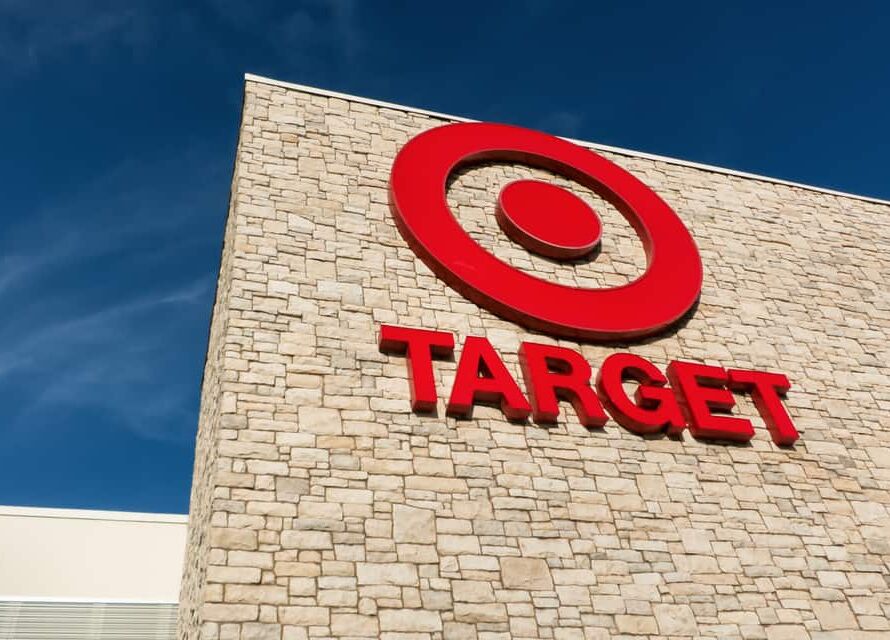An online marketing strategy is a must. But any company who thinks an offline strategy is the VHS tape or clunky cell of today’s marketing climate will be at a disadvantage. Regardless of statistics reinforcing the idea that online marketing is master—overlord, god, etc.—of the marketing universe, offline advertising will always be useful. Countless opportunities for integration and even an entire demographic can be found offline.
Consider these three reasons to supplement online marketing with offline efforts.
Ubiquitous Brand Presence
The gap between offline and online marketing is shrinking. We watch TV shows online. Printed advertisements have become interactive through tools such as QR codes and Clickable Paper. Nearly every vehicle wrap and sign prompts audiences to take advantage of a special offer on the company’s website or interact with the brand on social. The goal of these efforts is to use all channels available in order to establish a seamless brand presence that engages the largest number of people.
Certain brands can act as role models for those who want to facilitate a stronger integration of on and offline marketing pursuits. Sierra Nevada Brewery connects with customers online by sharing their story on YouTube and using Twitter to spread the word about events, recipes and info on new craft beers. But they don’t forget about the power of spreading fun you can’t click out of—they host free tours and tastings daily as well as make efforts to support the local community.
On the other side of the spectrum, you have fully online companies that advertise offline, such as eHarmony.com and Esurance.com. Both of these companies have relied on traditional advertising since conception, and continue to invest in TV commercials in order to cast the widest net possible.
Silver Spenders
According to a Nielsen study, half of the U.S. adult population will be 50 and older by 2017. This consumer age group currently spends 50 percent of all consumer packaged goods (CPG) dollars, yet so many online marketing campaigns remain exclusive to the 49 and below age group. This exclusivity has only become more apparent as companies and agencies focus their attentions online.
Even though seniors are becoming somewhat web savvy, the majority tend to use social media to stay in touch with relatives or reconnect with old friends—not to buy products or hunt down information on brands. They are still responsive to traditional forms of advertising such as TV commercials, direct mail, and radio and newspaper ads.
In order to market effectively to seniors, there are a few factors to consider aside from the mediums by which you reach them. Firstly, this generation is are a thriving group that is more connected and active than ever, and should be marketed to as such. Second, personalization is key. Word-of-mouth is your biggest asset when reaching out to seniors or boomers. Give them reasons to discuss your products or services with their friends or family. Offer them frequent rewards for doing business with you and update them with direct mail newsletters.
In-Person Networking
Email and social make for comfortable and effective networking opportunities. But while it may be preferable to never have to make a cold call or shake a sweaty hand, face-to-face networking is irreplaceable. Sometimes, the chance of a lifetime results from starting a conversation in person. This kind of opportunity might be shorter or less in-depth if facilitated via email or social media. Exchange business cards. There’s something about the physical act of presenting this memento that digital media can’t provide. Yes, business cards are still relevant.
Pitching to investors and making appearances at tradeshows are a given of business networking, but it never hurts to go beyond what is required. Attend workshops, awards ceremonies, summits, or any sort of training that makes you better at what you do. Rather than thinking of online networking as your primary relationship-building strategy, use it as a tool that will help you meet with people in person and follow up with those contacts afterward. Just because you can get away with doing everything online doesn’t mean you should, especially if you have a local community to connect with or important people to wrangle into your cause.
Is offline marketing dead? Not if you integrate it with online marketing to build an even more pervasive brand presence. Don’t neglect silver spenders, who are mostly digital immigrants accustomed to traditional marketing. Networking works on social media, but in-person networking can provide immediate results. Using both online and offline channels allow you to embrace a wider audience and build a stronger local reputation spanning dozens of channels.



